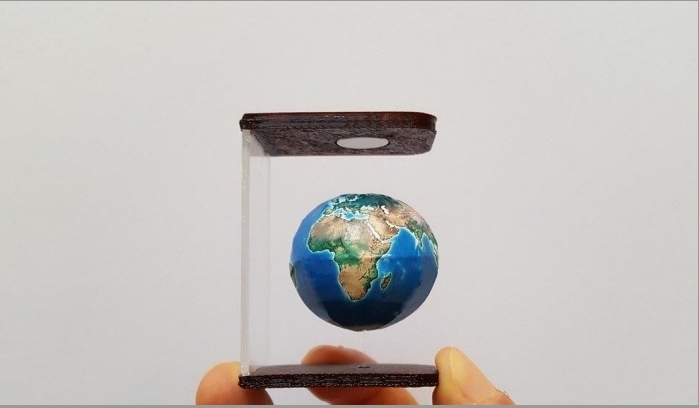Understanding the nature, taking abstract out of it and doing better has always been a dream for humans. Some of the great thinkers from the history, like Galileo and Einstein have proved and gave some of the incredible theories to the world which seems to fulfil this dream. But were they, completely right? Were their theories definitely unquestionable? Don’t worry, we are not here to prove them wrong, but will try to resolve the conceptual opposition amongst us regarding acceleration and acceleration due to gravity.
Short disclaimer before you read the baffling article further, some may feel themselves out of this world after visualizing the gist of whole article. Some may get confused in between, so its advisable to take a pen and paper to tackle my words. Please hold your pen and paper…
Did you really do that?
Haa haa, I was just kidding. Feel free to read.
Now I request,
Just think of…
(this time take it seriously 😊)
Case 1:
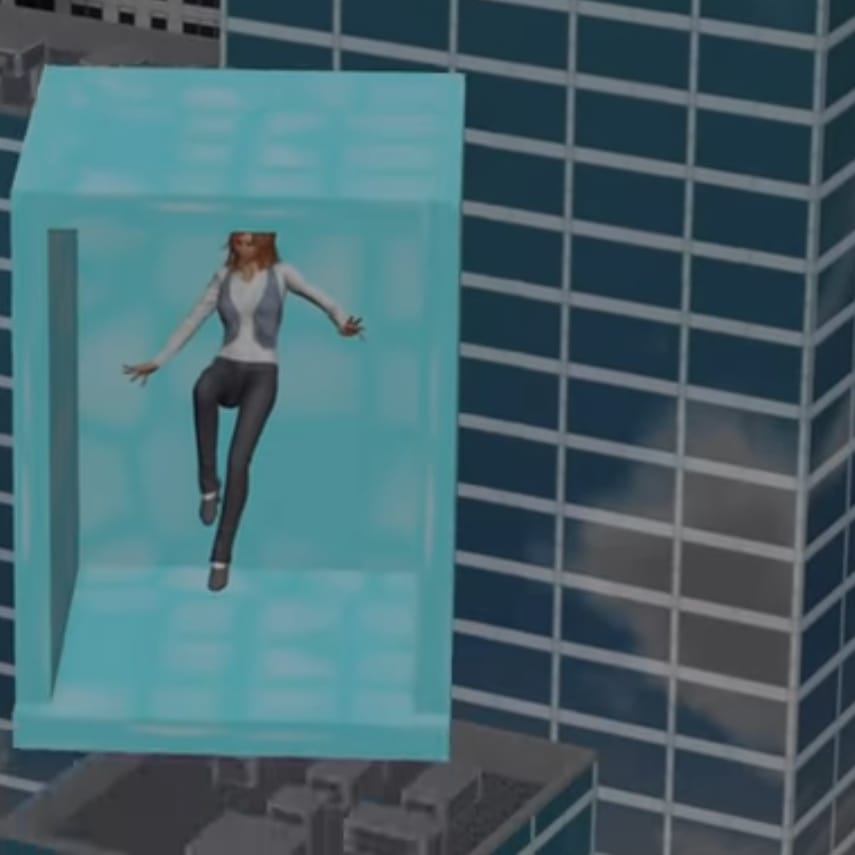
A pretty woman is inside a freely falling box (say in vacuum). Woman and the box is falling with the same magnitude of acceleration in the field of gravity. The woman feels like weightlessness.
Case 2:
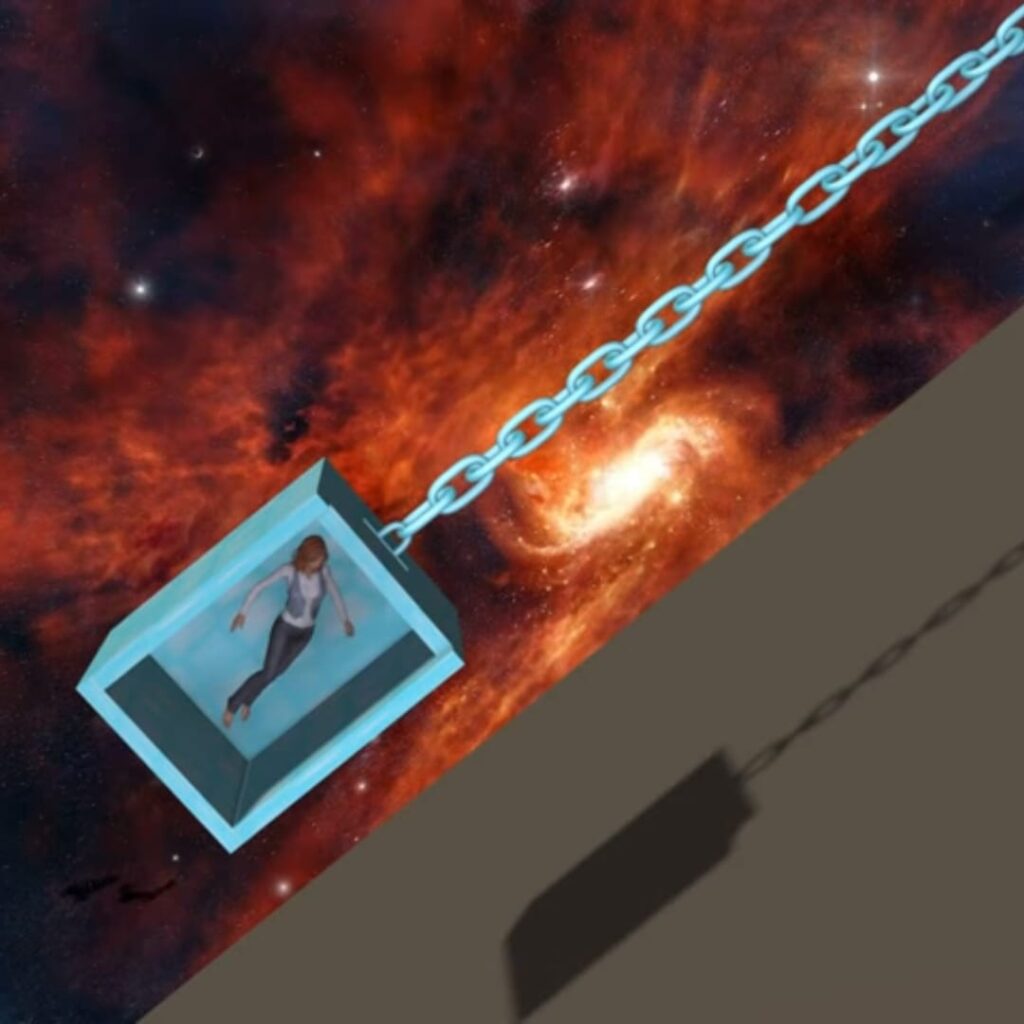
A woman is inside the box and the box is pulled by chains to move upward in space i.e. absence of gravitation fields near-by the system. The woman who was inside it, would get strike to the floor of the box as the box gets pulled by chains. The woman feels like a pseudo gravitational force attracting her towards the floor.
Now I ask two questions based on the above cases.
Q1. Why in case-2 the simple woman doesn’t feel weightlessness?
Q2. Why in case-1 the pretty woman was not strike to the floor?
Simple answers to these, can easily deduced based on the results of Galileo’s experiment.
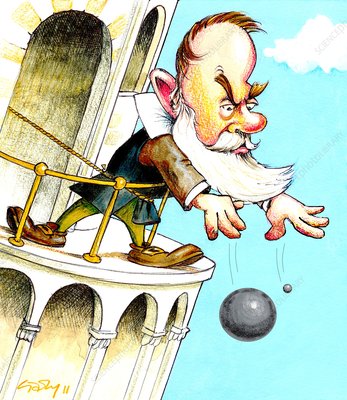
Galileo did an experiment from the Leaning Tower of Pisa, which showed that gravity attracts everything irrespective of their masses with the same acceleration toward the centre of gravity. By this known information we can also answer the Q2.
So, What can Be Interpreted?
Since both, woman and box were equally accelerated by gravity, the woman felt like weightlessness. Note here that, this particular logic may not be analytically correct, but I want you to visualize like this way only, as this will help us to proceed in our imagination.
Now consider the principles of equivalence given by A. Einstein, which say
” it is impossible to know for the body with brain inside the box if it’s standing on floor is either due to box being placed on the massive planet or that box is accelerating like rocket with same acceleration as that of respective planet have. ” .
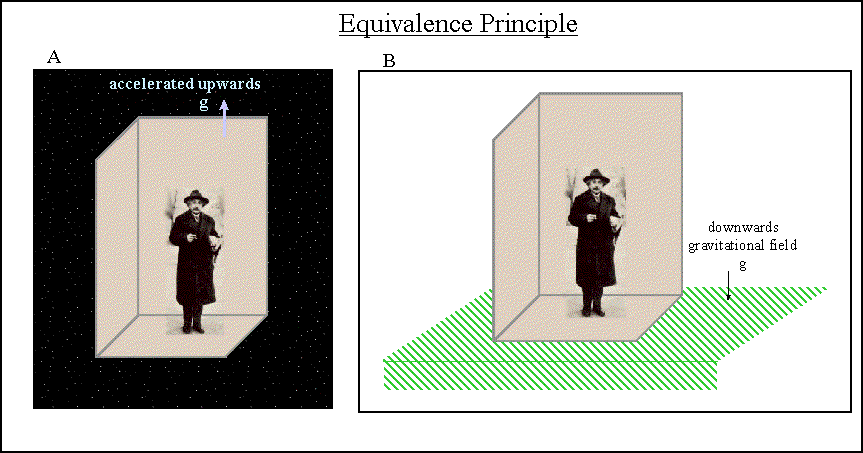
Thus, for sure we can say that, in Case-2, where the woman who was inside the box will not feel weightlessness, as she was not accelerated by chains with the same amount as the chained box was accelerated. Since only Box was chained not the lady, gravity is different for accelerating things.
Case-1 follows the Galileo experiment but chained box(case-2) doesn’t.
For case 1,
We may perceive this freely falling box with woman inside as two invisible chains pulling the system down. Out of which, one attached to box and other attached to the woman and pulling them downward with same acceleration. So, as both are accelerated equally woman feels weightlessness
But for case-2
We actually see that box is only attached to chain and there is no concept of invisible chain for the woman inside the box as assumed in Case-1. So only Box accelerated leaving the lady to strike the floor of the box as we saw in case-2. Thus, can it be concluded that gravity is different from acceleration?
& Gravity does cause acceleration but acceleration doesn’t cause gravity. This is because gravity acts equally to each part of the system (both box and the woman) by invisible chains resulting in attractions, in which each part feels weightlessness with respect to each other. But in case of acceleration, it only acts on those to which acceleration is given (applied). It does not follow the concept of invisible chains for every part of the system like gravity. In this way acceleration is different from gravitational acceleration. These results induce us to think again over the principles of equivalence given by Einstein, as these principles established the equivalence between mechanical acceleration and gravitational acceleration.!
Let’s dream and draw to get better with Acceleration and Acceleration due to gravity!
After much thinking on similar topics I found that there could be four cases at all, we must create them to visualize the ambiguous relationship between gravity and acceleration.
Divide a paper in four quadrants similar to the X-Y plane. This time bring a man in our story. (Now here you may require a pen and paper! 😊) .
● In the 1st quadrant:

Imagine that a spaceship is accelerated forward, so that the passenger was nicely able to stand on the base of the spaceship and feel gravity due to acceleration of the spaceship.
● In the 2nd quadrant:
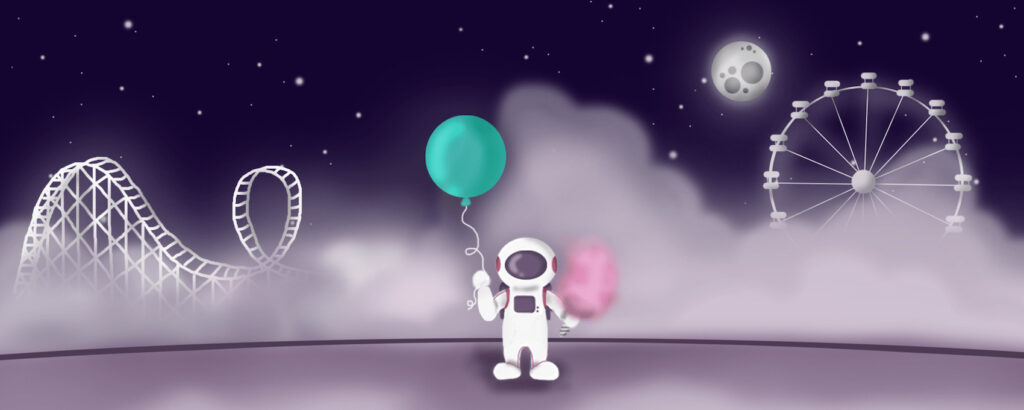
Imagine that the man along with the box is standing on the surface of an isolated massive planet due to gravity.
● In the 3rd quadrant:

Imagine that the man inside the box is under free fall along with the box under acceleration due to gravity.
● In 4th quadrant:

Imagine that the space ship containing the man is isolated in space without nearby celestial bodies.
In these above-mentioned quadrant cases we find that in the 1st and 2nd quadrant, man is feeling a downward pull by acceleration of spaceship and gravitational force by a massive planet respectively, letting him to stand still. In the other two cases we find the man is feeling weightlessness due to acceleration due to gravity and absence of gravitation pull nearby in space.
Our initial case 1 and case 2 are also encapsulated in these four quadrant imaginative cases. But those two cases, I feel carry the potential to distinguish between g and a.
However, I noticed kind of opposition/non- compatibility/asymmetry in my recent write-ups of the four cases above. 1st and 2nd have provided the same outcome despite different systems or situations given. The 1st has a dynamic scenario and the 2nd has a static scenario.
Does it mean we tricked the nature? And why different situations provided the same outcome?
What I felt like is as follows:
If two experiments appear differently and give exactly the same result however then there must exist a frame of vision in which we can perceive both experiments as actually one single experiment. Here I feel that there must be one common interpretation of case 1st -2nd pair and 3rd-4th pairs. There must be a common way to visualize both, accelerating ship and planet as one common thing i.e. if results are the same of two different appearing equations then equations in principle must be having one single manifestation. There should be no duality.
Same is true for 3rd and 4th cases as here 3rd has dynamic scenario and 4th has static scenario which is actually opposite to the previous couple. Also, here we got the opposite outcome of standing i.e. floating in isolation(weightlessness).
Note that case 2nd and 3rd are done in proximity of a massive planet, having dependence on planet’s gravity and
1st and 4th case are imagined in outer space where ship having dependence on value of acceleration of ship. It seems that what is dynamic in absence of gravitation field (spaceship) is equivalent to that which is static in presence of gravitation field (massive planet) and vice versa. This, is what equivalence principle establish. We right now don’t know why this oppositions were there, but maybe this can be known when we will get to think much deeper than this, we will have to resolve this conceptual opposition in near future. Till then enjoy and observe the nature. And stay tuned here for further findings regarding this.
To read about more of such bizarre new theories and explorations. Click Here.


